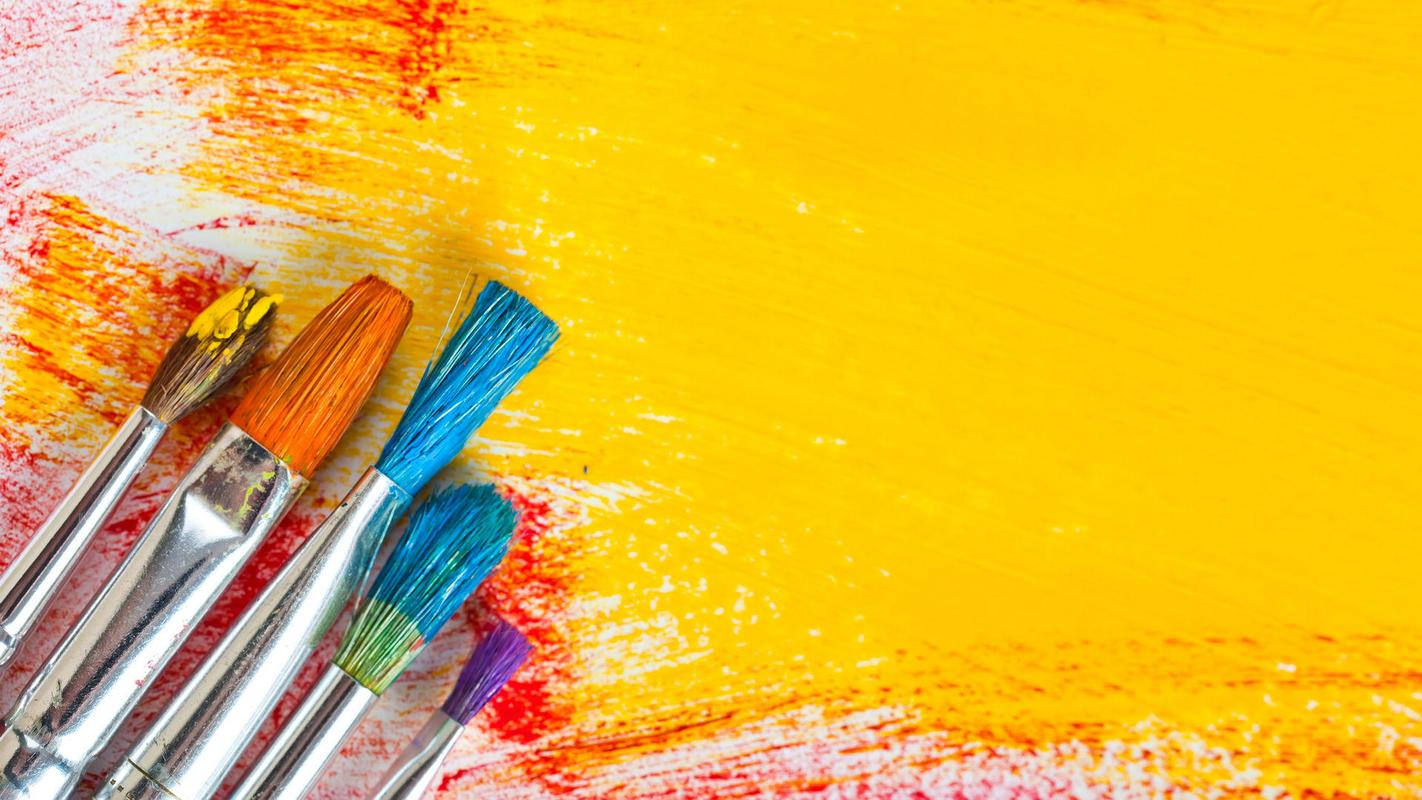What are the considerations in the application process of titanium dioxide
With its stable physical and chemical properties, titanium dioxide is widely used in coatings, plastics, paper, ink, pharmaceuticals, food and other fields.
Color
Color is an important technical indicator of the marked pigment. The color indicator of titanium dioxide is whiteness. Even if it is the same chemical composition of titanium dioxide, due to the different process routes, raw materials, equipment, technology will produce different colors. Another factor that often plays a decisive role is its particle shape, size, particle size distribution, crystal shape, impurity content, etc.
Covering power
The optical nature of hiding power is caused by the difference in refractive index of the pigment and the medium around which it exists. Rutile titanium dioxide, with a refractive index of 2.71 and anatase 2.55, is the white pigment with the highest hiding power. The masking effect occurs mainly when scattering is caused by titanium dioxide, or when absorption is caused by the presence of colored substances in order to reduce the intensity of incident light. Therefore, the main reason for determining the hiding power of titanium dioxide is related to the particle shape, particle size and particle size distribution of titanium dioxide, in addition to the chemical composition and crystal type.
Coloring power
Coloring power is an important characteristic index of titanium dioxide, that is, after titanium dioxide is mixed with another pigment, it can get the ability of the mixture to show its own pigment. For white pigment, after it is mixed with a dark pigment, the lighter the color of the mixture, the stronger its coloring power.
Oil absorption capacity
Oil absorption is also one of the important pigment properties of titanium dioxide, as it relates to the filling state of the titanium dioxide in the spreading agent and can indicate its dispersion properties in the medium.
Light and weather resistance
The light and weathering resistance of titanium dioxide is an important indicator to measure the application performance of titanium dioxide, and it is meaningless to refer to its light and weathering resistance alone. Only when the titanium dioxide is applied to relevant applications (such as paints, plastics, etc.) does this index become meaningful. Therefore, the light and weathering resistance of titanium dioxide refers to its light and weathering resistance in a certain field. In addition, the light and weathering resistance of titanium dioxide should be measured to ensure that the weathering resistance of its application carrier is better than that of titanium dioxide. The main factors affecting the weathering index of titanium dioxide are its chemical composition, the chemical form of the coating substance, the crystal structure, the application formula, etc.
Chemical composition factors
The chemical composition of titanium dioxide determines the chemical properties of titanium dioxide, which is the main sign of mutual distinction between pigments. It not only reflects a series of pigment properties of the pigment, such as whiteness, achromatic power, oil absorption, etc., but also plays a great role in its application performance, such as weather resistance, dispersibility, etc.
Volatiles
The volatile component of titanium dioxide is actually the water content. Because of the presence of high energy and hydroxyl groups on its surface, its surface always adsorbs a certain amount of water to reduce its surface energy, and the amount of adsorbed water is related to the surface organic treatment of titanium dioxide and the humidity and temperature of its storage environment. The volatility of titanium dioxide can not determine the merits of the product, depending on its application system. In general, for the water-based system, the volatile part of the high and low impact on the application is not significant, but for the oil-based system and polyolefin system, the lower the volatile part is required, the better.
Dispersion
Dispersibility is also known as abrasive dispersion or abrasive wetting. When used in water as a medium, it is called water dispersibility, and when used in solvent and other coating systems, it is called oil dispersibility. Dispersibility index is an important application index of titanium dioxide. The good or bad dispersibility not only affects the titanium dioxide pigment's achromatic power, covering power, oil absorption, etc., but also affects the gloss and weathering resistance of the coating film or profile molding.When grinding and dispersing in the paint production plant, the goodness of dispersion directly affects the length of grinding and dispersing time, which is one of the important economic indicators in the production of paint. Moreover, if the grinding time is too long, it will increase the equipment pollution and make the product whiteness worse. In the production of plastic masterbatches or profiles, the good or bad dispersion directly affects the cycle of replacing the head screen and the performance of the final product.













